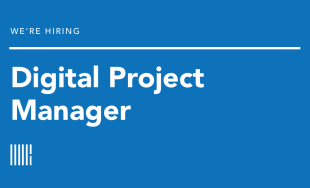January 2014 became the month to celebrate the technical difficulties, small talk and silent moments that occasionally crept into conference calls. See A Conference Call in Real Life and Conferencecall.biz for recent comedic and artistic contributions to the conference call conversation. In the spirit of the meeting and discussion tool that is the conference call, I’ve listed strategies on how to lead a productive meeting below:
Assess whether or not a meeting is necessary before scheduling.
Simple projects and changes can, at times, be accomplished through a few emails. In this case, it’s not necessary to schedule a meeting. When projects require more detail and discussion, it’s beneficial to schedule a meeting so that objectives are clear.
When scheduling a meeting, it’s also important to make sure that people are not involved in the meeting just for the sake of participating. Including more people in a meeting can slow down productivity, especially if all of the attendees aren’t familiar with the project that’s in discussion.
Outline objectives for the meeting.
Instead of having a vague sense of what a meeting will be about, I like to ask clients questions before meetings. Asking specific questions prior to meetings, allows me to do research and to generate potential solutions and answers to the issue that we will discuss.
Wait for all meeting participants to arrive before starting the meeting.
Schedules are not always predictable. Even when most meeting attendees are punctual, there can always be participants who are running late. If you start the meeting before all attendees arrive, you’ll have to repeat everything that was said after straggling attendees join. I prefer to wait for all attendees to join before starting a meeting, so that the discussion isn’t repetitive.
Define deliverables and set a timeline.
Before ending the meeting, it’s important to know who is responsible for each task. It also helps to assign timelines for the steps that will happen beyond the meeting.




Leave the first comment